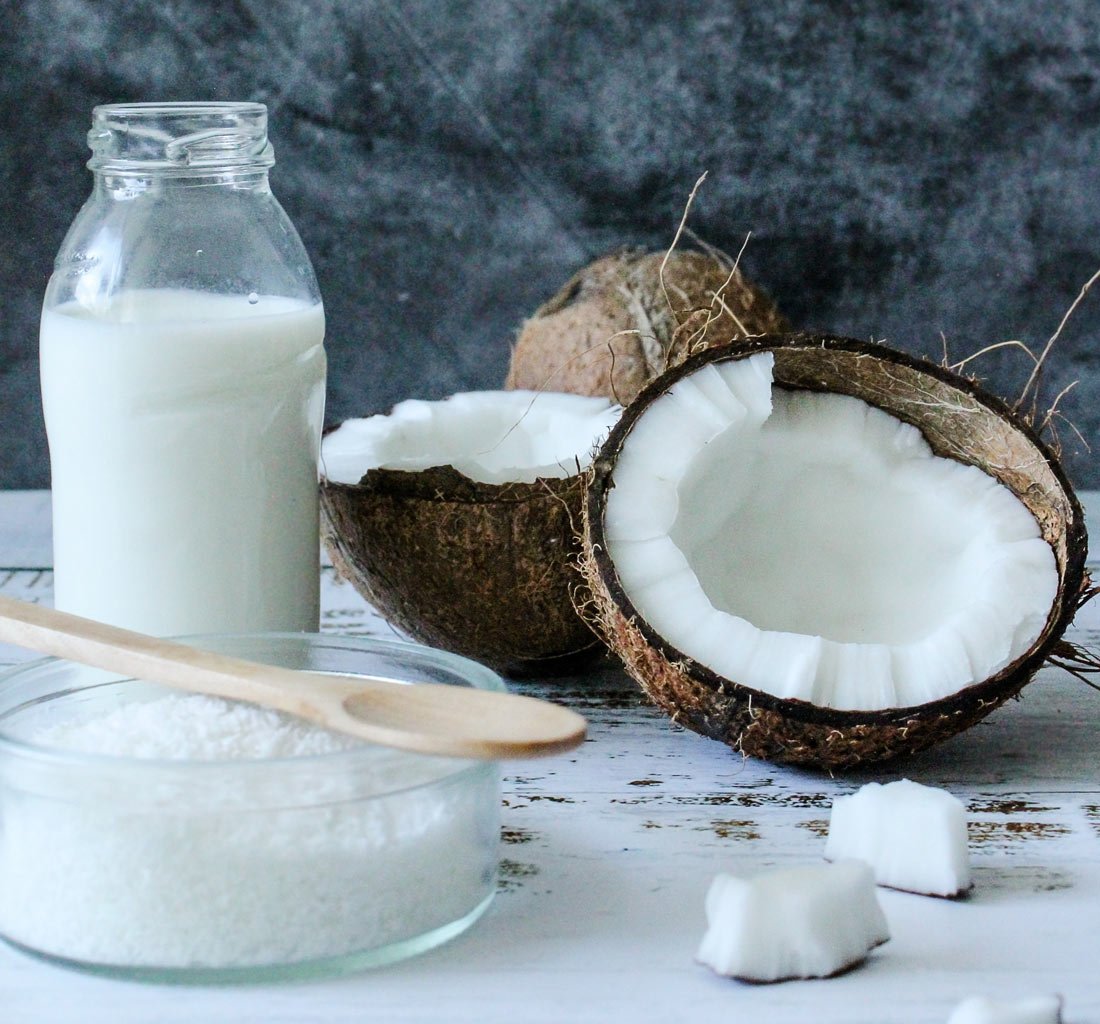A commercial kitchen is not complete without a stack of coconut milk in its pantry. After all, it is a highly versatile ingredient used in the preparation of many dishes
While coconut milk is typically used in many traditional South Asian and Southeast Asian cuisines, creativity and innovation have expanded its utility. Today, many restaurant owners take pride in successfully creating unique dishes with milk made from coconuts as a prime ingredient.
Restaurant owners keen on the quality of the coconut milk they use typically look for suppliers that source coconuts from premier coconut-growing countries, such as the Philippines, Indonesia, India, and many more. Top-notch coconut milk is made from organically grown and Fairtrade coconuts. In addition, coconuts grown in ideal conditions are inarguably more flavourful, creamy, and contain a low fat percentage. Here are many ways commercial kitchen staff incorporate coconut milk into their dishes.
Curries
The most common practical use of coconut in cooking is creating curries. No matter the type, the creamy and fragrant nature of curries makes it a comfort meal for many customers. Coconut milk effectively removes the unpleasant smell from other ingredients while tempering the spicy element of the entire dish. If you want to know more of the exciting features of coconut milk, click here.
Smoothies
Using coconut milk is a refreshing twist in creating smoothies. Smoothie bars usually add coconut milk instead of cow’s milk for tropical fruits, such as mangoes, pineapples, and oranges. Coconut milk is also a sweet addition to temper berries’ tartness. In bars, coconut milk is even added to make delectable cocktails.
Non-dairy option in many restaurants
More restaurants are providing diners with the option of non-dairy substitutes such as coconut milk in their dishes. Coconut milk is an excellent option for customers with a food sensitivity to cow’s milk, or those practising veganism. Restaurant owners prefer substituting regular cow’s milk with low-fat coconut milk, too. This dairy substitute is excellent for making pancakes, flan, mashed potatoes, and crepes.
Whipped cream substitute
Coconut cream may also be used as delightful toppings on cupcakes, crepes and cakes. Of course, pastries that utilise fruits and nuts taste more decadent with coconut whipping cream on top of them. In addition, making coconut cream is as easy as refrigerating an upside-down can of coconut milk overnight. The solidified top portion combined with sugar is whipped together for a few minutes, resulting in soft peaks. This non-dairy whipped cream is a healthy option low in calories, carbohydrates, and fats.
Coconut yogurt
The addition of coconut yogurt is another way restaurants make their desserts and hot dishes more wholesome.
Ice cream
Ice cream shops and dessert bars sell sorbets and ice pops with coconut milk as the base ingredient. Frozen treats and desserts with coconut milk are lighter and refreshing, making them the more popular options during the hotter months of the year.
Bottom line
Coconut milk is an indispensable ingredient in many commercial kitchens. Its versatility makes it a popular choice for chefs inspired to elevate the quality of their cooking. Also, the healthy nutritional content of coconut and its unique flavour will continue to increase in popularity in the culinary world moving forward.







